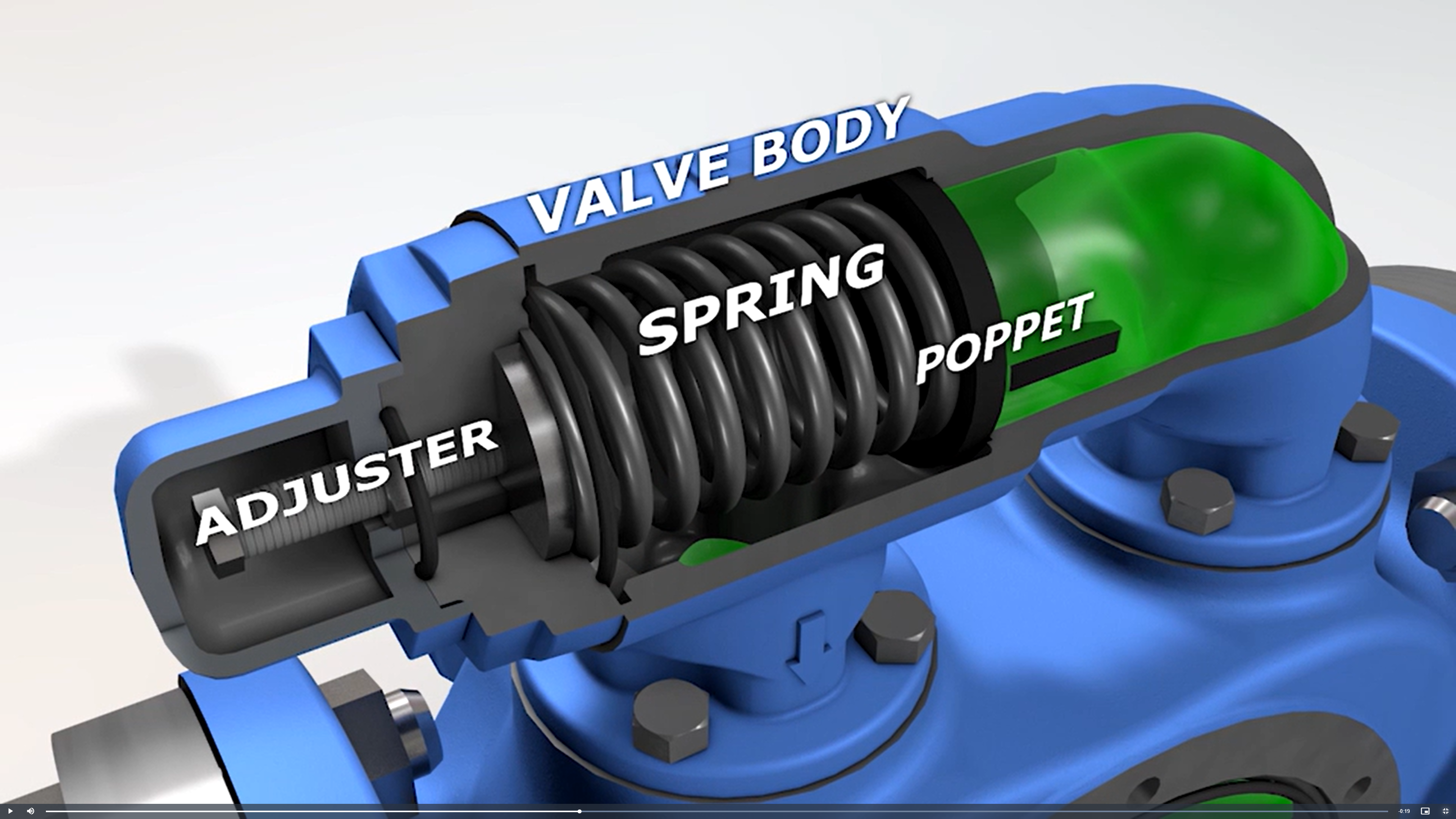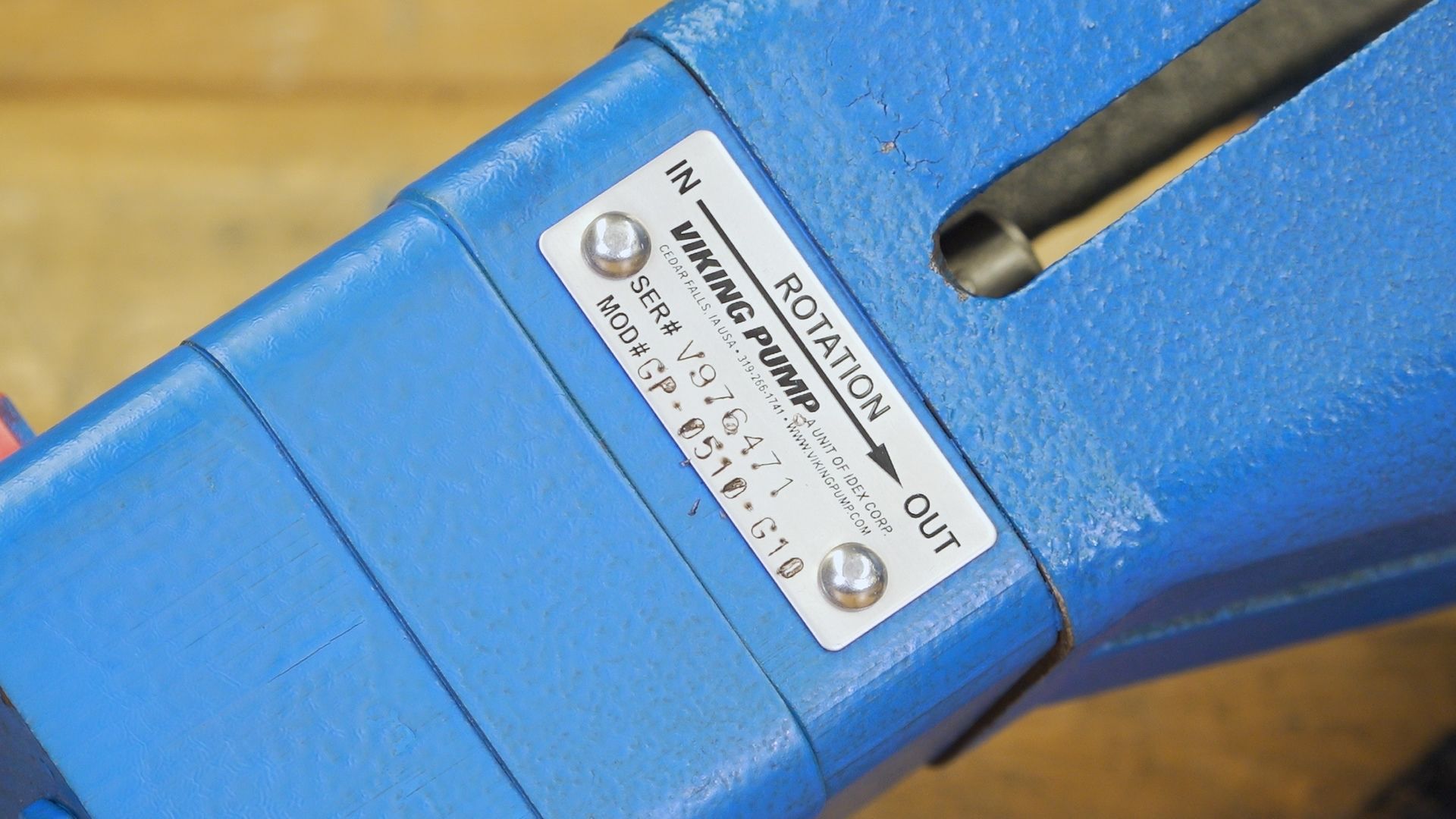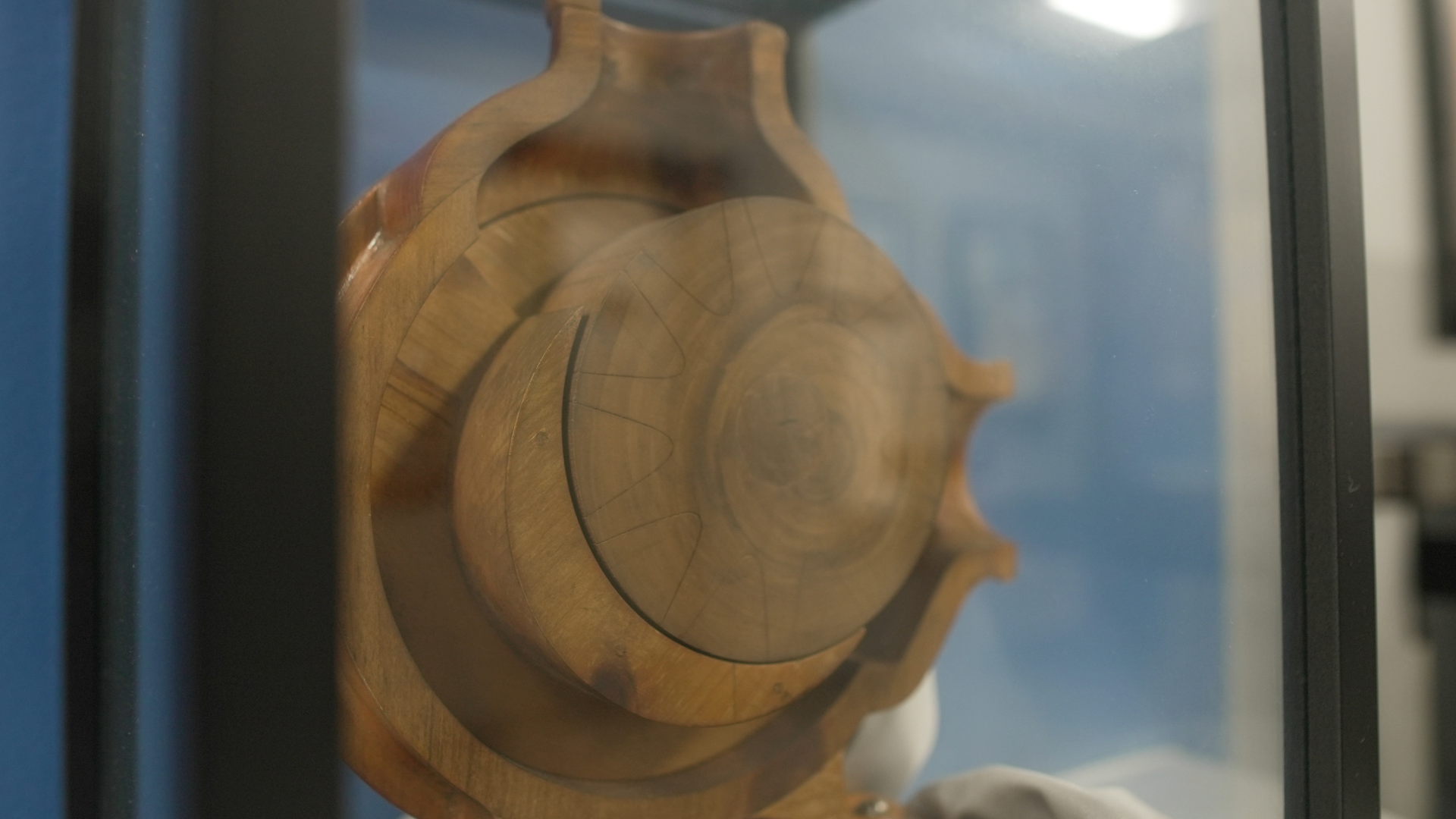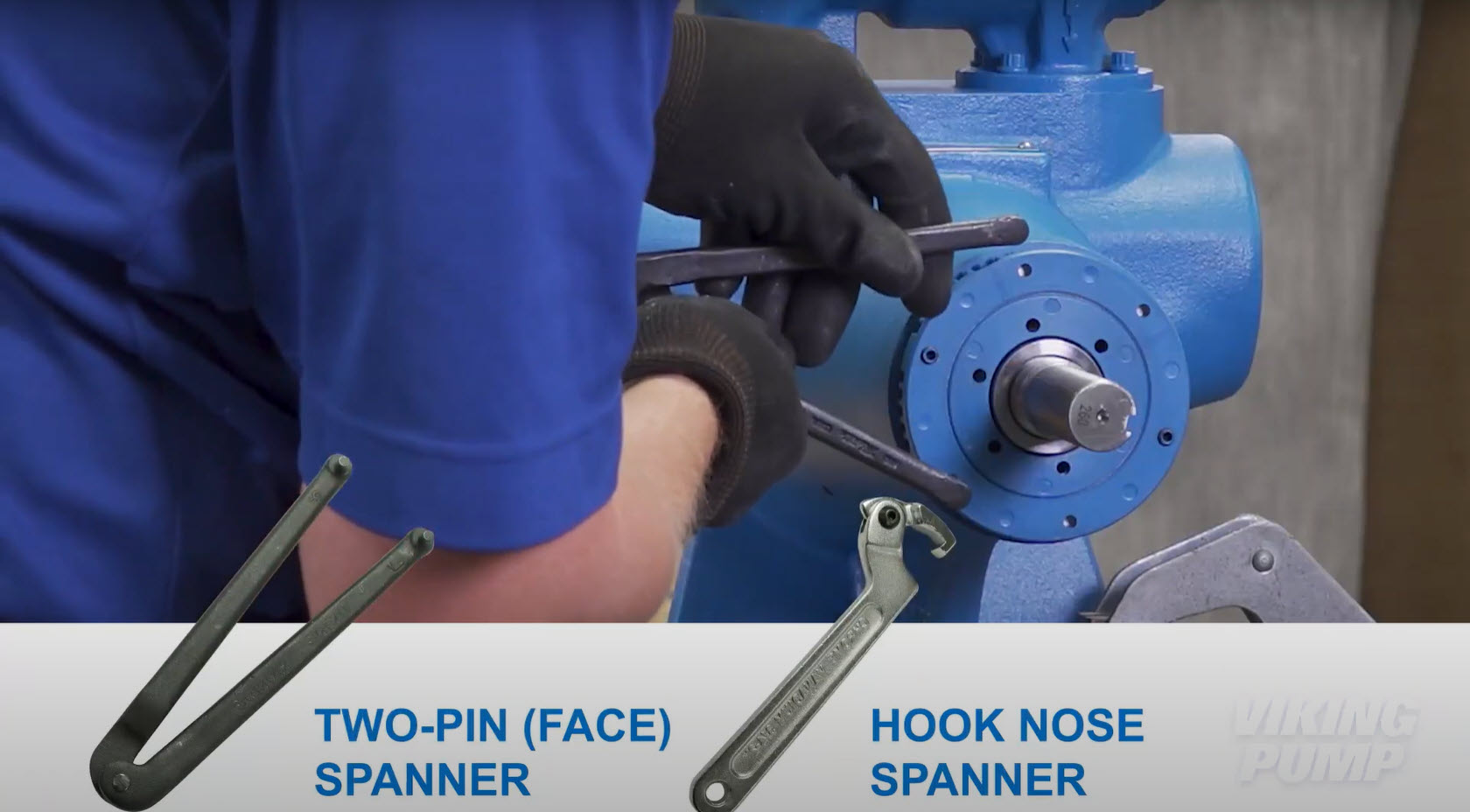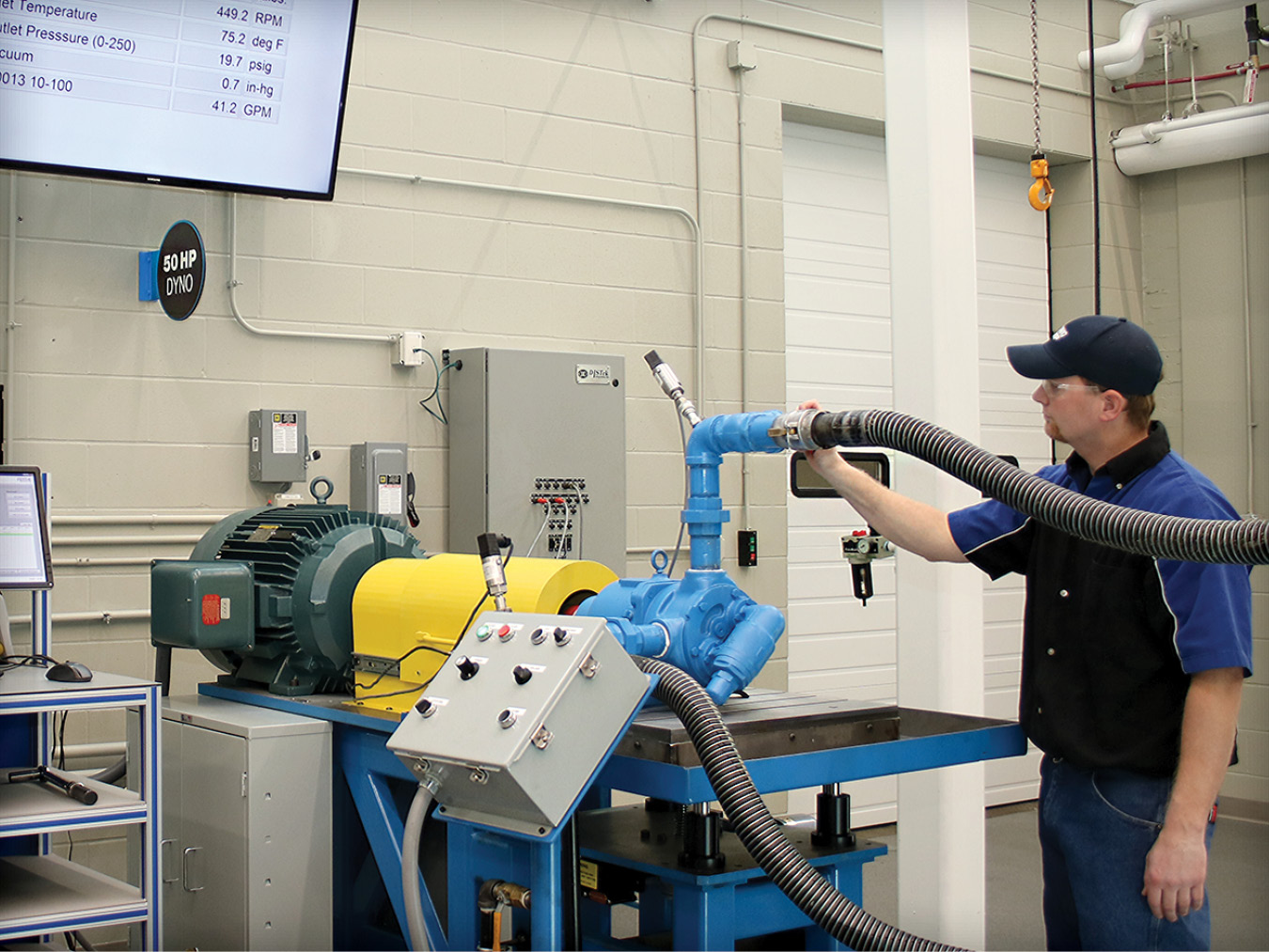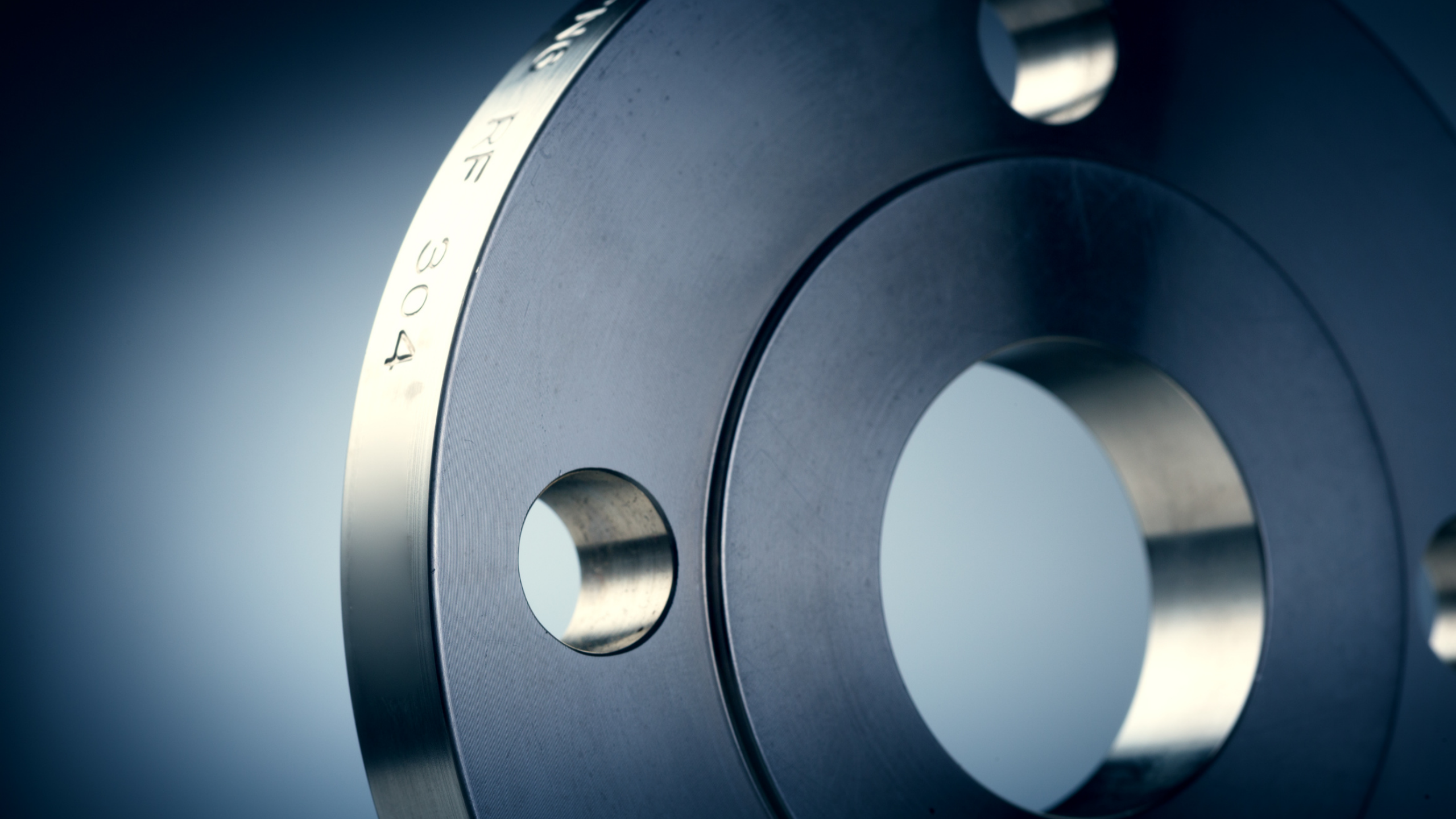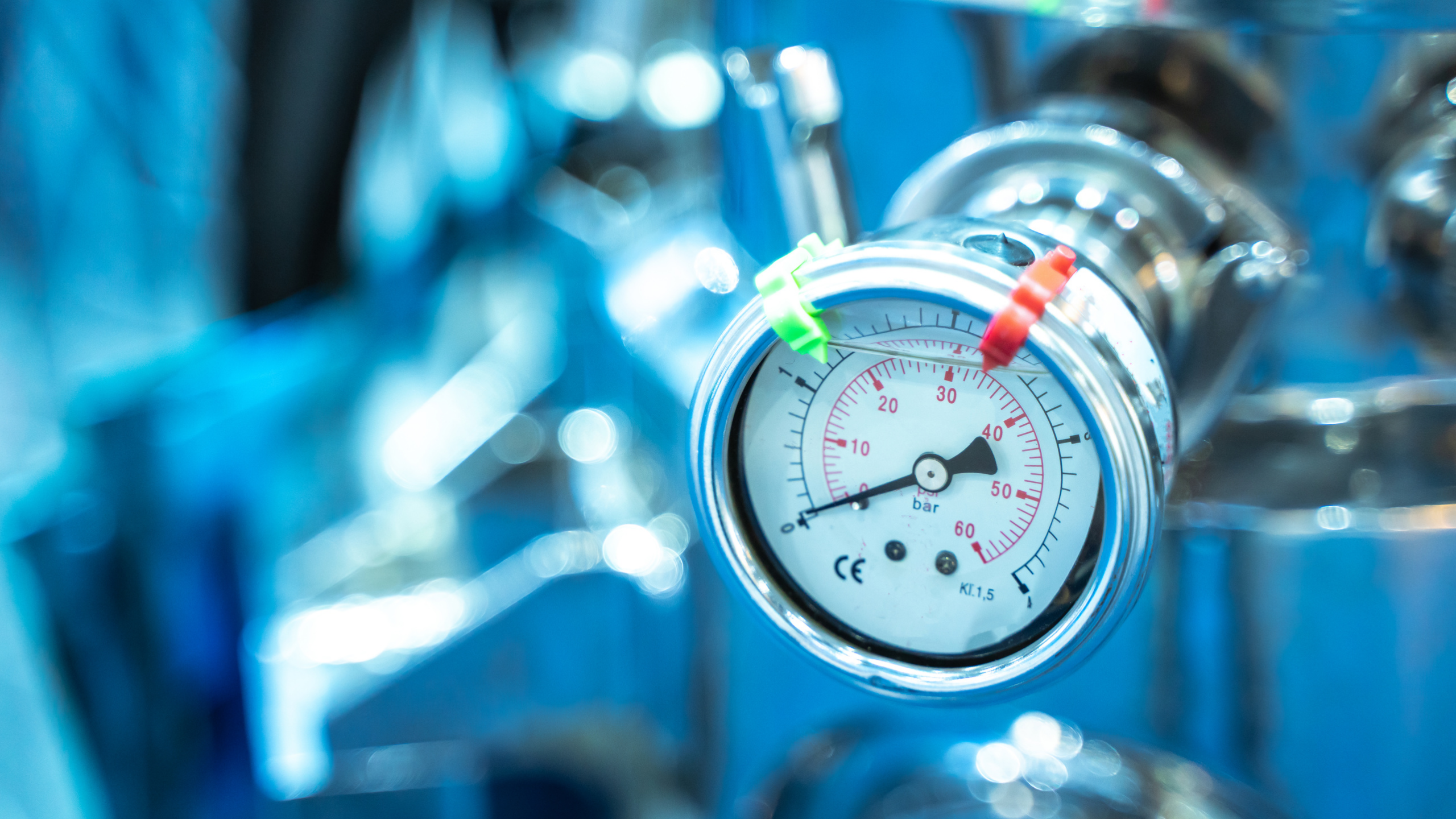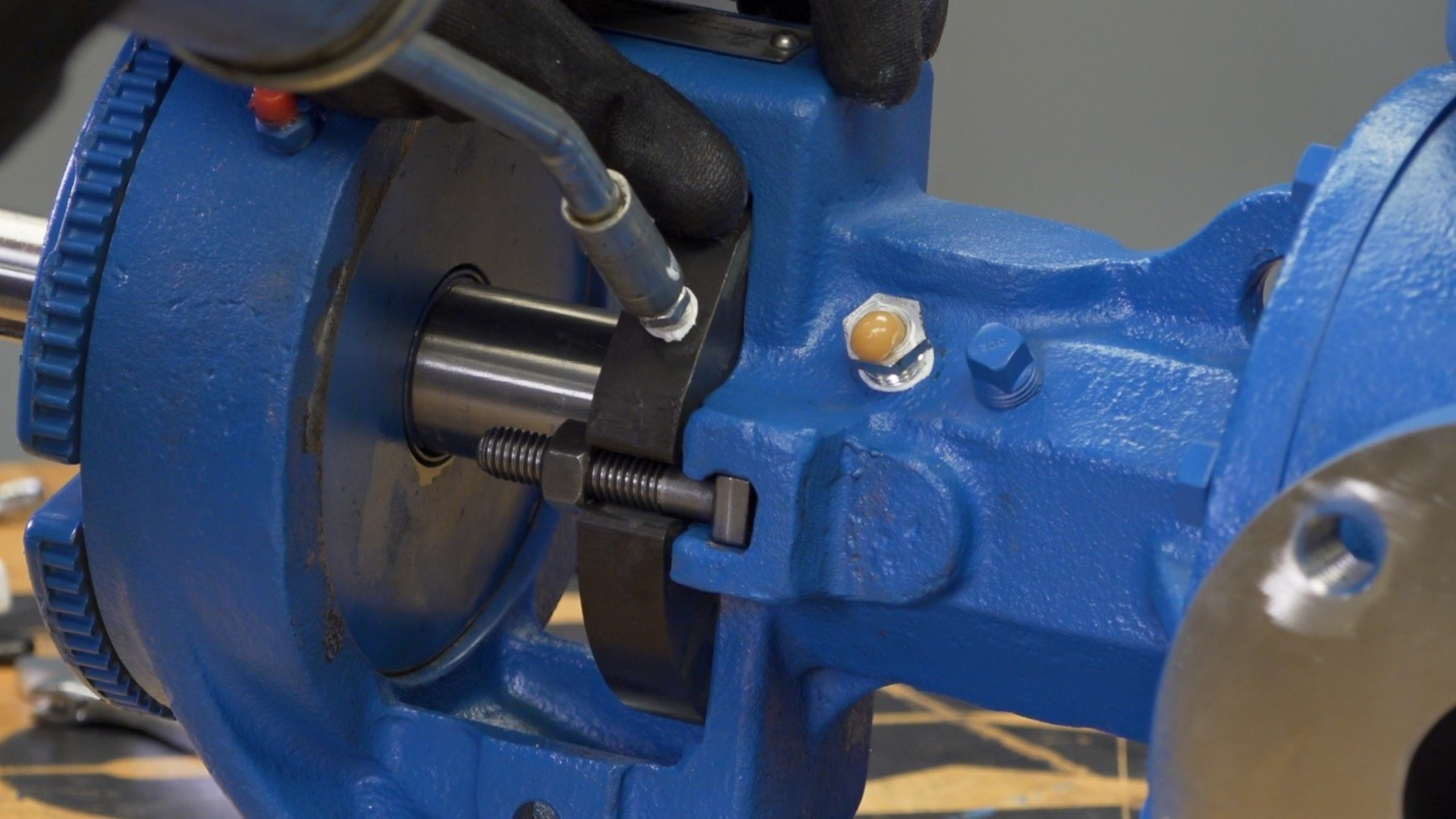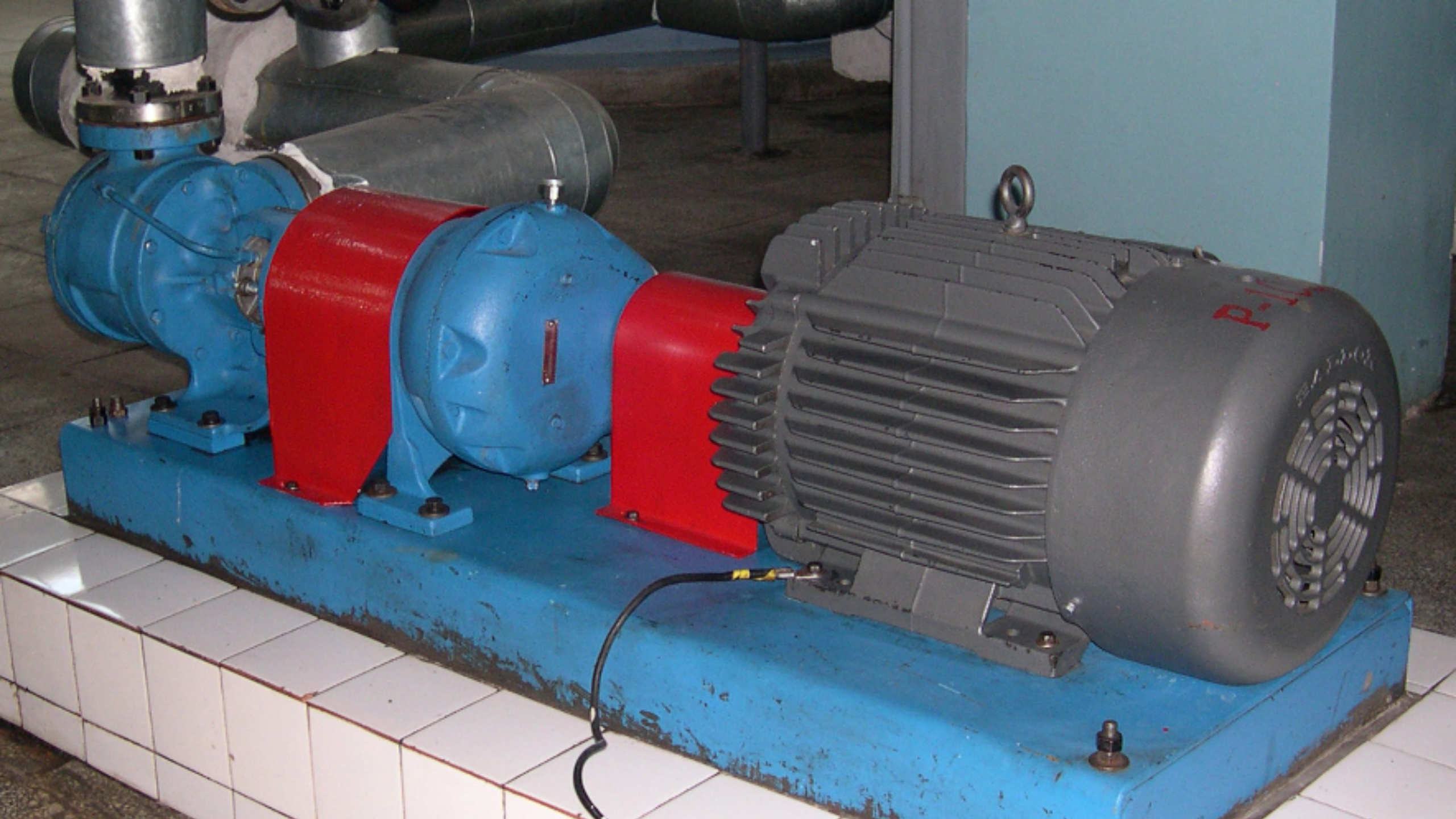How do you connect a pump to a motor? Here are FOUR common drive types
In a previous Pump Report Chad discussed the motors used to power pumps. But how do you connect a pump to that motor? And what if you want to run the pump slower than motor speed? In this episode Chad talks about drives and their related equipment.
The term “drive” is used to describe the ancillary equipment used to mount and power a pump. This includes the motor, which we’d already discussed, but can also include a baseplate, coupling, guard, reducer, and more.
